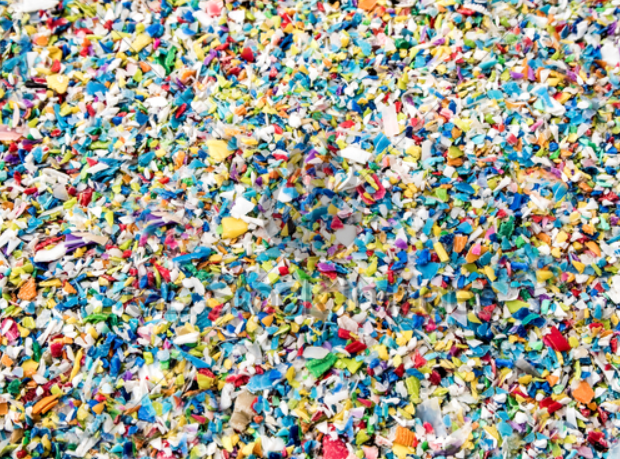
This research is highly relevant to all stakeholders as most of them strive for higher recycling rates to reduce the environmental impact of plastic waste. Ideally, plastic food packaging is recycled into new packaging. But only limited types of packaging are suitable for circular recycling, most can only be recycled for non-food applications, and others cannot be recycled at all .
All stakeholders will have to take drastic and coordinated action
The situation in 2017 was described in detail as a baseline measurement. The Dutch recycling value chain for plastic packaging waste was relatively well developed globally in 2017. The recycling rate was approximately 37% in 2017. In addition, the average polymer purity of the recycled plastics in 2017 was only 93%. To move beyond this status quo, all improvement measures were modeled in a complex material flow analysis model.
First of all, all packaging types were systematically redesigned for recycling. Czech American packaging machine manufacturer Viking Masek packs emotions | Empack Den Bosch 2021 where all packaging components have been optimized.
Second, collection and mechanical recovery rates were increased to the maximum levels achieved.
Third, the transfer coefficients of the best available recycling technologies were selected and the entire model was rerun. This leads to a total recycling percentage of 72%. The average polymer purity of the recycled plastics is 97%.
In such an ideal circular value chain, more recycled plastics are produced that are suitable for more demanding applications, such as food packaging, compared to the 2017 value chain. However, this requires all stakeholders to implement drastic and coordinated measures, which mean unprecedented investments. , with which this optimal circular recycling value chain for plastic packaging can be realized. In addition, this optimized recycling chain is still largely based on the use of crude oil as raw material and the use of a lot of recyclate in non-food contact applications.







